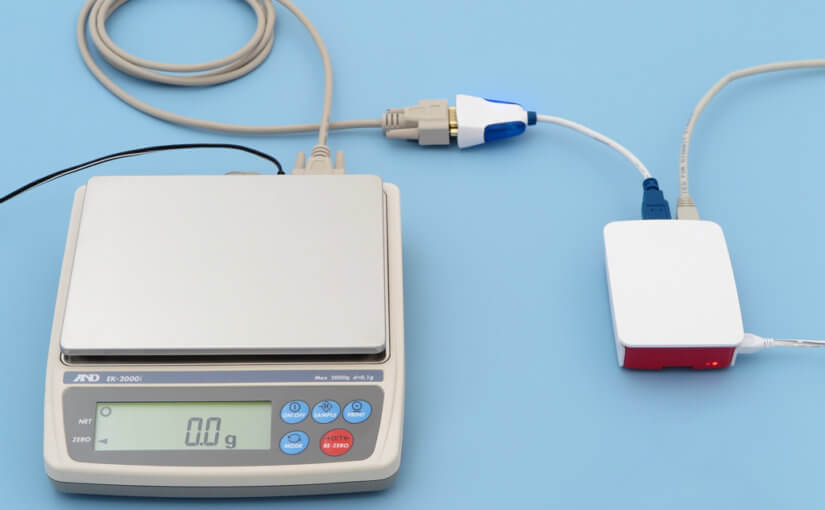On digitalscalesblog.com, I showed how easy it can be to send the weight from a scale to a Python script running on a Raspberry Pi (if you choose the right scale). As I had never used Python before, all the script did was print the weight data. That doesn’t mean you have to stop there. Here a some ideas and links to get you going.
- Use the Raspberry Pi as a serial device server (from RS-232 to TCP/IP over Ethernet or WiFi). Code examples can be found in the pySerial documentation.
- Build a protocol converter. Most scales use proprietary protocols, but you can convert the data to MQTT or other protocols as shown here. Do not say that you have developed a protocol converter, call it an IoT gateway to get more attention.
- Use speech synthesis to output the weight as spoken words for visually impaired users.
- Use speech recognition to send commands to the scale (e.g. the tare command).
- Install a Pi Camera Module and take a picture of the user every time the scale is overloaded.
- Turn the scale into a checkweigher by comparing the weight with preset values and making under/accept/over LEDs light up.
- Transform the weight into a proportional analog signal (voltage) because… I have no idea! Why do people keep asking for weighing scales with an analog output? Seriously, if you know the answer, please tell me.
- Trigger an alarm or something worse when an object is removed from the scale:
